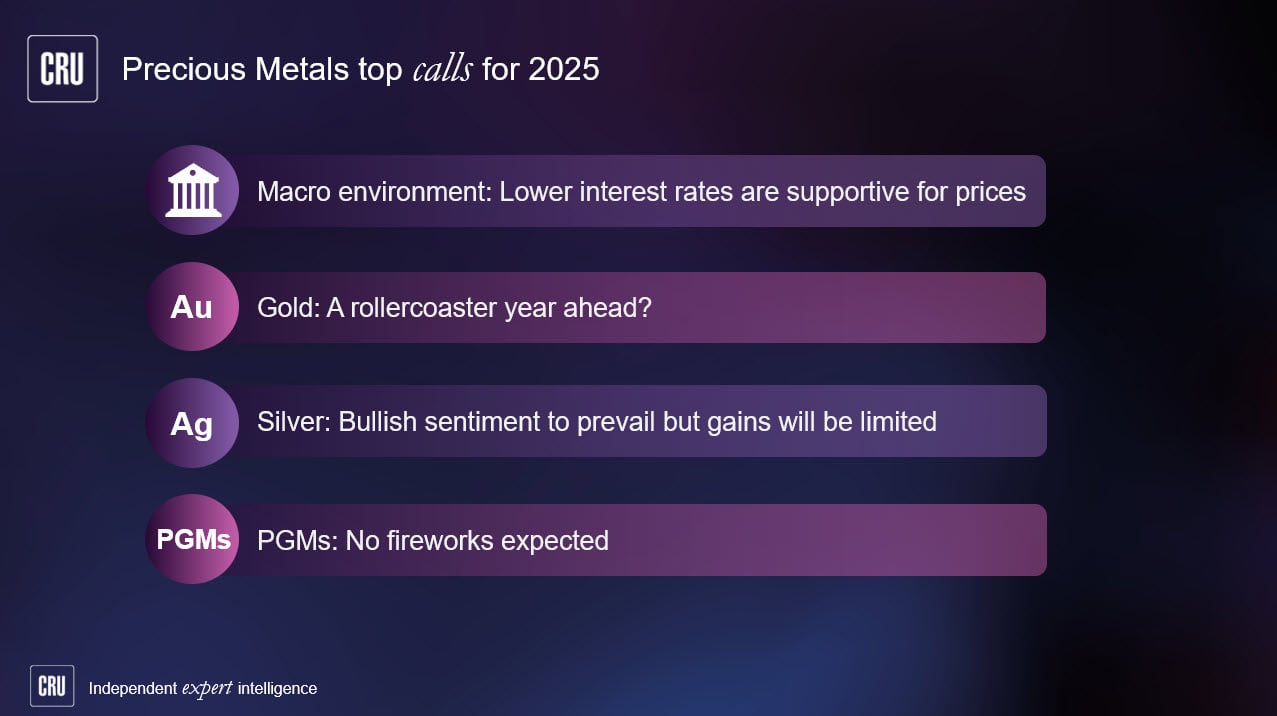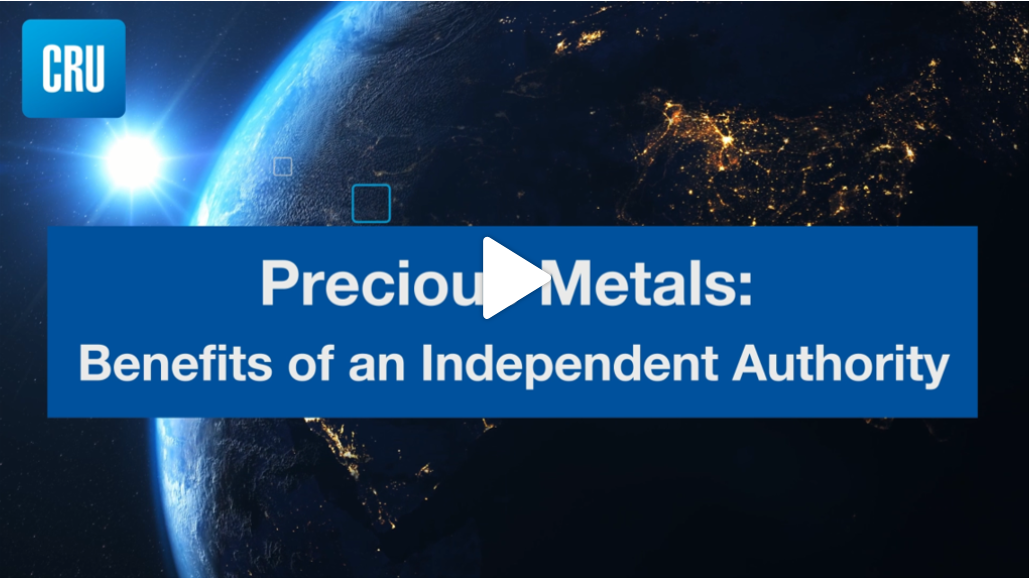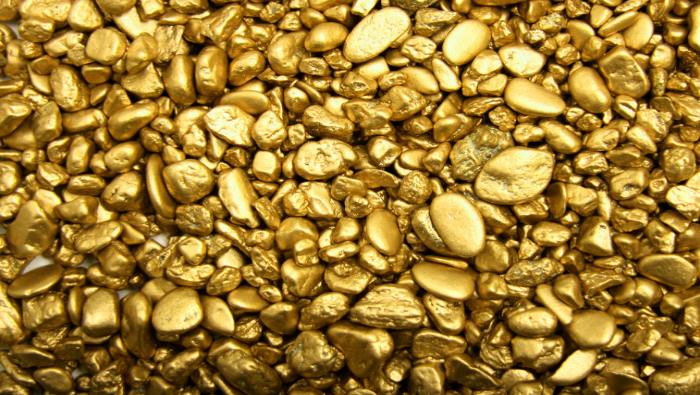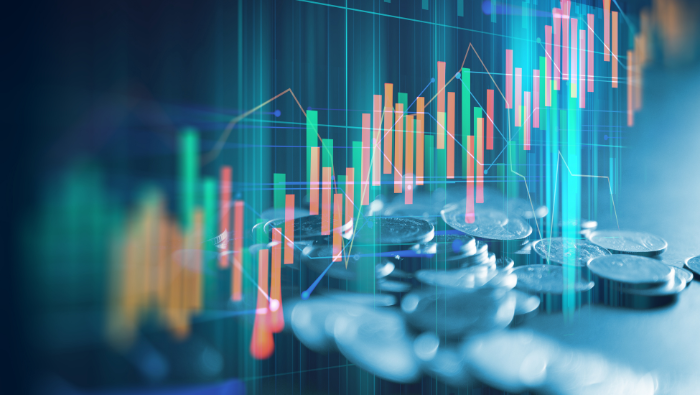The commencement of the monetary tightening phase by the US Federal Reserve in December did little to sooth debates about the implications rising rates in the US may have on the future direction of the price of gold.
Indeed, we hear many market commentators arguing that gold - a zero yield asset - typically loses its shine when interest rates climb as this makes it less competitive to cash and other interest bearing assets. Meanwhile, a wide group of market observers state that this economic cliché does not hold well for gold based on statistical analysis of historic data.
In this paper, we analyse gold's behaviour during previous cycles when the US interest rates were increased and offer our readers CRU's view on the future gold's price trajectory. Our definition of the rate-hike cycle includes 3 or more consecutive increases in the federal funds rate with no cuts. There were seven episodes which met our criteria in the period between 1971 and December 2008 when the Fed last cut the rate from 2% to 0.25%. Gold rallied through five of these cycles and dropped through two. Admittedly, average price gains through the periods when gold did rally significantly exceeded losses when it failed to do so; 133% vs. 7% per each cycle. From the point of statistical analysis, this suggests that gold is not only very resilient to rate hikes, but can often thrive in such environment. That said, gold is a very complex market and although statistical tools are always useful to perform market research, searching for one ultimate factor determining its price, akin alchemy, will always result in failure.
Indeed, in some periods other factors in addition to changes in the Fed's interest rate policy may play a significant role. For example, an increase in interest rates may be a response to rampant inflation as was the case in 1971 to mid-1974 and again between 1976 and 1980. These are two of the five rate-hike cycles included in our analysis when gold rocketed the most due to its perceived status as a hedge against inflation. During the last cycle, mid-2004 to mid-2007, gold also demonstrated solid growth albeit not as dramatic as in 1970s. This was the period when the housing bubble in the US began to pop wreaking havoc on its economy and sparking demand for safe-haven assets such as gold. In addition, the introduction of gold ETFs in 2003 and the start of liberalisation of China's gold market also played an important role in gold's advance during that period. It provided a wide array of retail investors both in the OECD economies and Asia with direct access to the gold price performance, effectively removing the need to use proxy instruments such as stocks of gold mining companies in order to get exposure to the underlying asset.
We can get some idea of where nominal and real interest rates might head by looking at market data. As far as the nominal rates are concerned, the latest forward curve from the Fed funds futures markets is not overly steep and underlying interest rates are unlikely to exceed 2% by the end of 2018. Although such a rate-hike cycle would be less extreme than the last one when the rate was increased by 5.0% in three years, it is likely to be bearish for gold, in our view. It looks like the Fed will try this time to act in a proactive manner and get ahead of the curve by raising interest rates before inflation gets out of control instead of being largely reactive as was the case during the previous cycles. Such a move may boost real interest rates making other financial assets potentially more attractive for investors than gold. As their appetite for riskier and higher-yielding assets improves, demand for gold is anticipated to wane, resulting in softer gold prices over the next few years. However, the pace of annual declines is likely to be gradual, due to robust Asian demand for physical gold and gradual interest rate normalisation. Indeed, higher interest rates can generate considerable headwinds for the US economy in the form of tighter credit availability for businesses and consumers, higher interest payments on government debt, which in turn may push the annual deficit higher and send the national debt spiralling upwards and out of control. As such, the Fed is likely to be very delicate and exercise a cautious approach in hiking interest rates (unless inflationary pressures intensify dramatically and force it to act more aggressively), mindful of the risk of damaging the economic recovery in the USA.
It is true to say that the market often focuses on US interest rates and largely ignores other countries. This is not entirely unreasonable given the impact US rates have on emerging markets as well as other regions of the world. However, the USA, and probably the UK also, are currently the only two major economies where interest rates are expected to rise in the next year or so. In contrast, interest rates in major gold-consuming nations seem to be heading in the opposite direction. These divergent views on monetary policy could provide a degree of support to gold demand. Indeed, although increasing US rates could support the dollar and apply some downward pressure on the gold price denominated in US dollar terms, declining rates elsewhere are likely to make gold more attractive to both investors and consumers. In addition, there is always a chance that some other factors will come into play down the road and trigger strong gold buying, thus reducing or perhaps fully offsetting the impact from higher rates and tighter monetary policy in the US. One of such possibilities is another emerging market crisis which could erupt if these countries struggle to service their debt denominated in US dollars as the Fed continues to raise its rates.
On balance, we do not expect gold to regain its shine and become markedly more popular as an investment during 2016 and beyond, particularly given expectations of an even stronger US dollar. Indeed, we feel that this precious metal has mostly lost its appeal for short- and medium-term investors that turned to it as a safe-haven investment, due to the surge in uncertainly in global markets during the global financial crisis of 2008-2009 and a few years after. Meanwhile, gold's anti-inflation credentials have largely remained underutilised. With inflation profile in China remaining soft, European markets more concerned about deflation and inflation in the US remaining below the Fed's 2% target, it may be that concerns about global inflation were either exaggerated or premature. The impact of weak oil prices in lowering inflation expectations globally also remains a negative factor for gold. That is not to say that inflation could not still become an issue down the road, but this may take a few years to materialise. And, while the escalation of geopolitical risks may occasionally drive the price of gold higher, the whole picture is unlikely to become more bullish over the next few years.

















